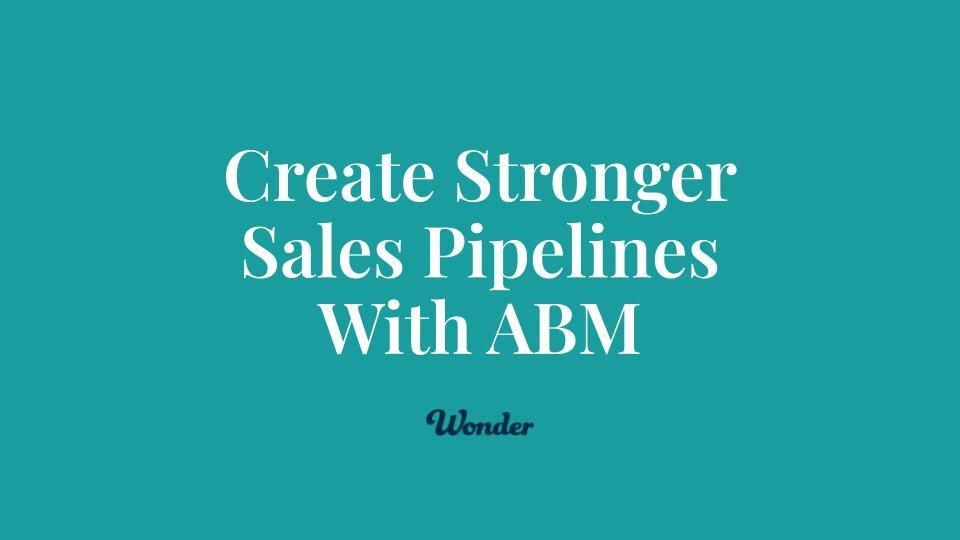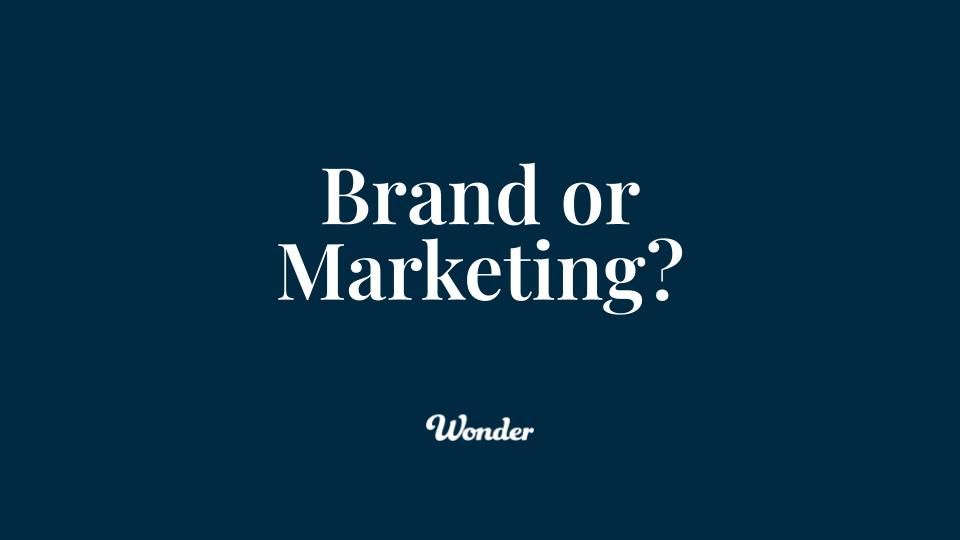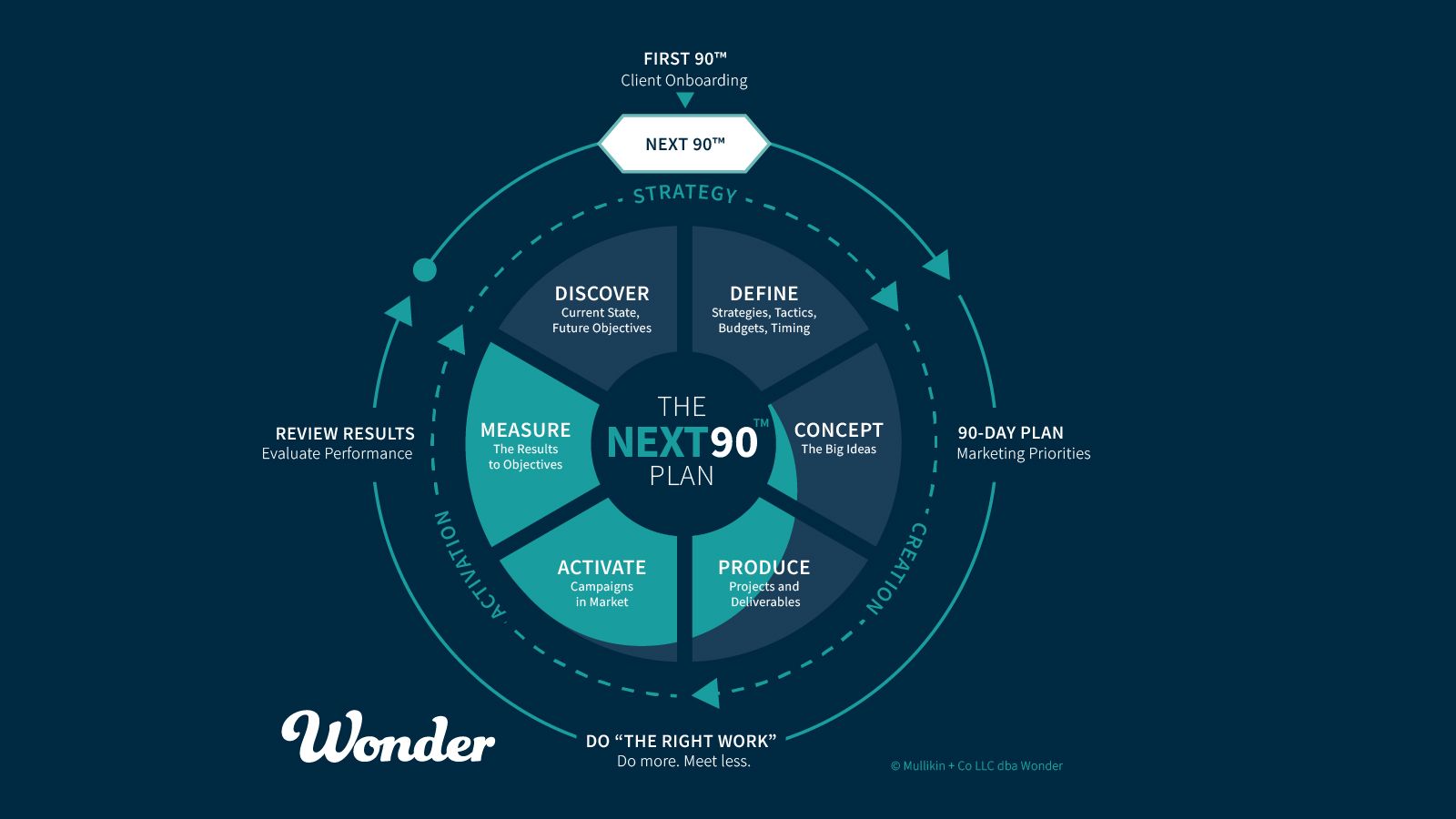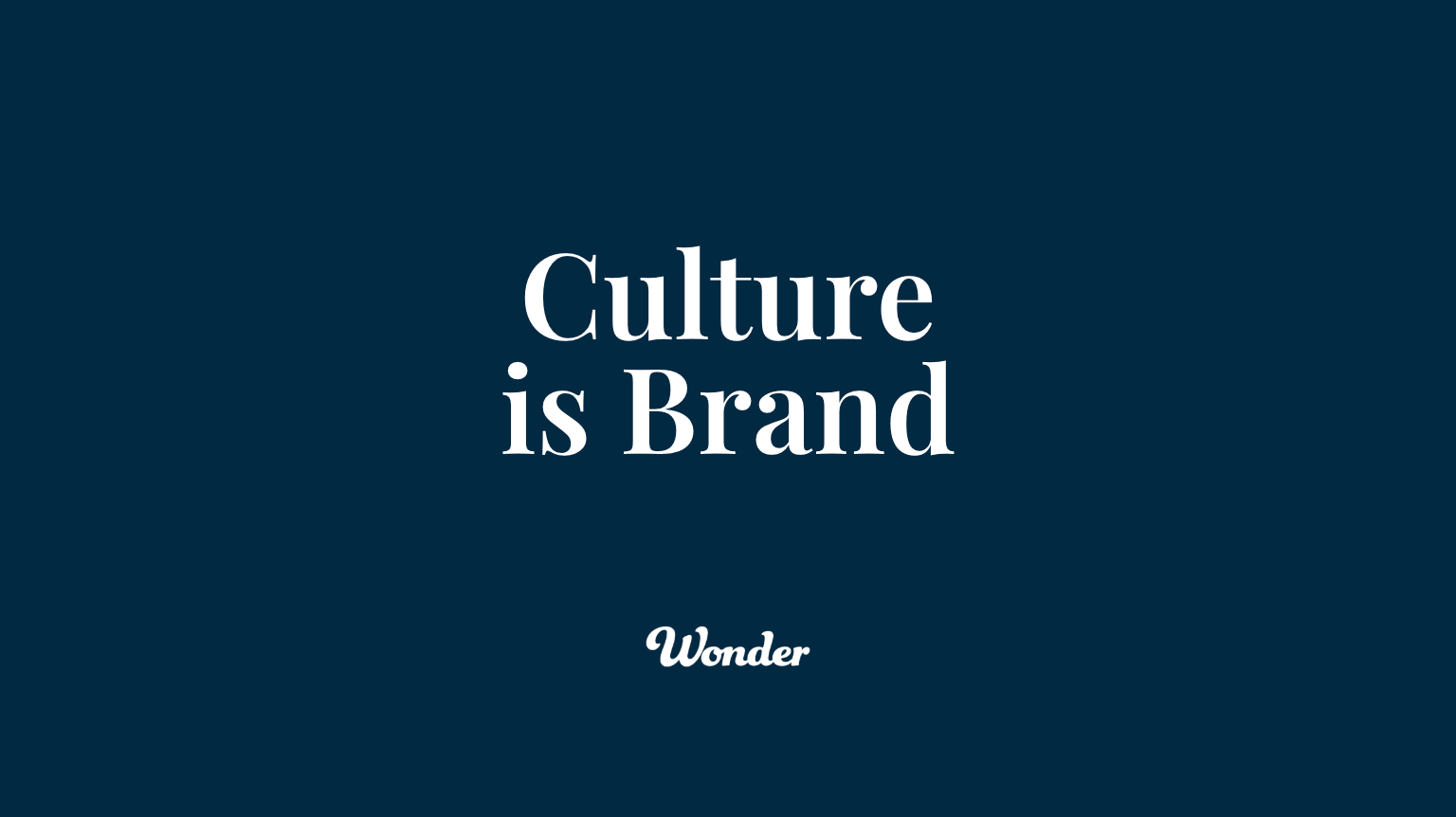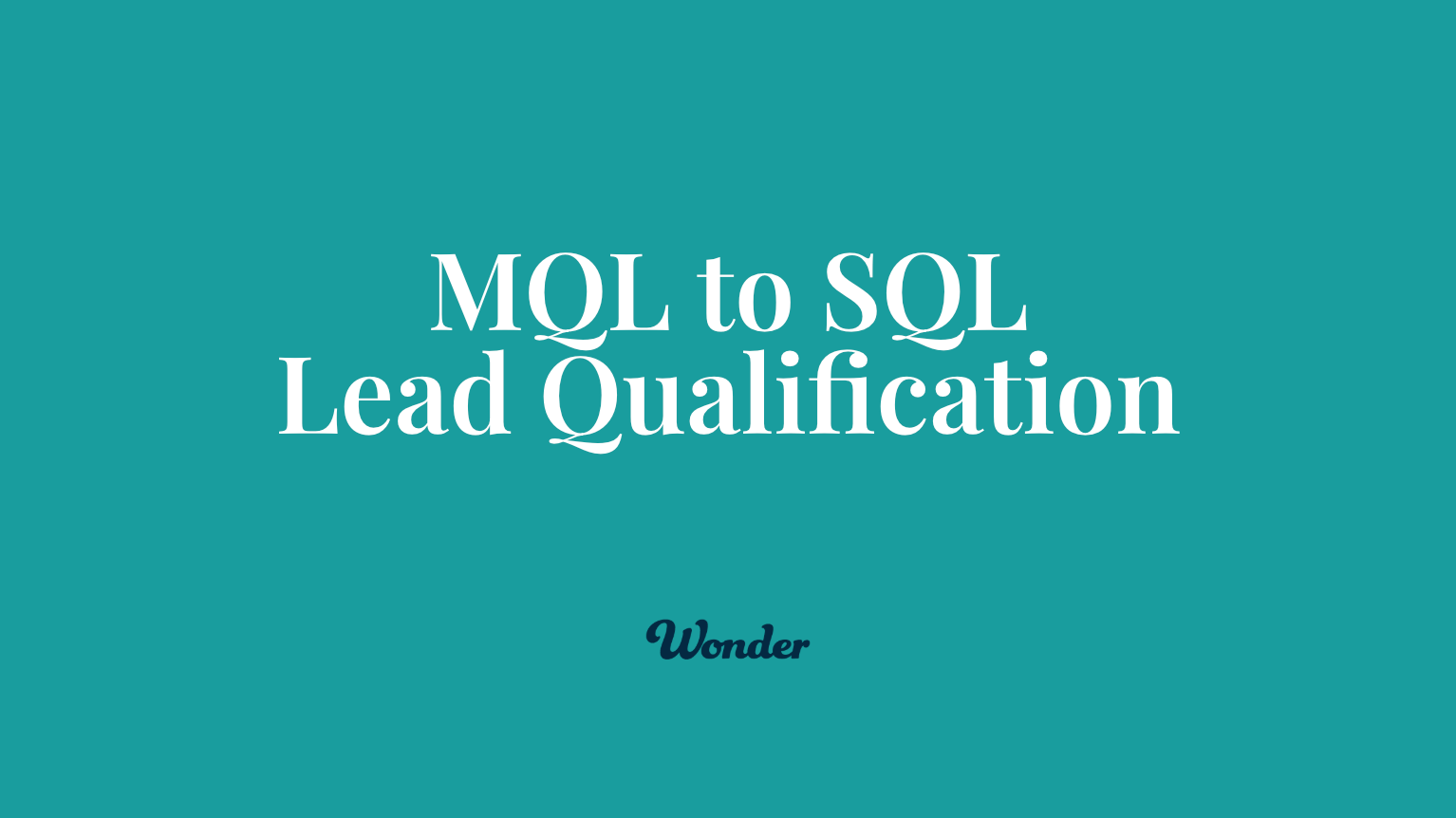
Marketing and sales alignment is one of the biggest challenges for many businesses, yet it’s also one of the most critical components for success. A key step in bridging this gap is clearly defining what makes a lead Marketing Qualified (MQL) and ensuring it meets the criteria sales is willing to accept. When marketing and sales operate in harmony, using shared definitions and processes, leads flow through the funnel more effectively—and revenue growth from marketing investments follow.
At wonder, we’ve been implementing CRM solutions for lead tracking for almost 20 years. Here’s our step-by-step guide to defining MQLs, ensuring sales buy-in, and optimizing the lead qualification process to improve alignment and outcomes.
1. Establish Service Level Agreements (SLAs) Between Sales and Marketing LEadership
To align marketing and sales, start by establishing Service Level Agreements (SLAs) that outline expectations for both teams. These don’t have to be formula, binding agreements but do make sure there’s a shared understanding of lead qualification and handoff responsibilities, including:
- Marketing Qualified Lead (MQL): A lead that marketing has identified as having potential, based on factors such as engagement with content, demographic information, or an expressed interest in your solution.
- Sales Accepted Lead (SAL): A lead queue that holds all leads to be reviewed and formally accepted as SQLs by sales
- Sales Qualified Leads (SQL): A lead that sales has reviewed and accepted after confirming potential for a meaningful opportunity, often using BANT criteria (Budget, Authority, Need, and Timing).
By setting these clear definitions, both teams are aligned on what qualifies as a lead worth pursuing, creating accountability and reducing friction.
2. Use Lead Segmentation to Streamline Qualification
Segmenting your leads into clear categories makes it easier for marketing and sales to understand where each lead is in the buying journey. A common framework includes:
- Suspects: Organizations or individuals who may have a need but haven’t yet shown explicit interest.
- Prospects: Leads that have expressed a need for your solution or engaged meaningfully with your content.
- Opportunities: Active deals in the process of being qualified using BANT or similar criteria.
- Customers: Leads who have completed a purchase.
This segmentation improves targeting and ensures that marketing and sales can tailor their communication and follow-ups at each stage of the journey.
3. Define What Makes a Lead an MQL
A Marketing Qualified Lead (MQL) isn’t just any contact in your CRM—it’s someone who has demonstrated clear buying intent or a need for your solution. To define an MQL, consider:
- Behavioral Triggers: Engagement with your content, such as downloading an eBook, attending a webinar, or viewing pricing pages.
- Demographic Data: Meeting criteria such as job title, industry, or company size.
- Lead Scoring: Assigning point values to behaviors and attributes to identify when a lead has reached an MQL threshold.
- Expressed Need - They have explicitly stated they need what you sell. Of all criteria, this is the one I recommend the most.
Once you’ve defined what an MQL looks like, document the criteria in your SLAs and make sure it’s communicated across both teams.
4. Get Sales Buy-In
Even the best MQL criteria won’t drive results unless sales is aligned and willing to accept those leads. To ensure buy-in:
- Collaborate on Criteria: Involve sales in defining what makes a lead qualified. This ensures the leads marketing passes meet sales expectations.
- Define Conversion Expectations: MQLs are not yet opportunities. Understand that maybe 1 in 5 MQLs may become a Sales Qualified Lead (SQL).
- Train and Align: Equip sales with a playbook that includes messaging and content to help them engage MQLs effectively.
- Lead Queues: Use a Lead Status in CRM, like Sales accepted Lead (SAL), to easily identify all leads that are sales ready.
The goal is to build trust between marketing and sales. When sales knows the leads they receive are high quality, they’re more likely to act promptly and effectively.
5. Automate Lead Nurturing and Scoring
Using marketing automation tools like HubSpot or Pardot, you can streamline the qualification process and ensure leads don’t fall through the cracks. Key strategies include:
- Automated Workflows: Nurture suspects and prospects with targeted email campaigns that guide them through the funnel with relevant content and offers.
- Lead Scoring: Use automation to assign scores based on behaviors and attributes, helping both teams focus on high-priority leads.
- Handoff Automation: Set triggers that automatically notify sales when a lead becomes an Auto-Qualified Lead (AQL), ensuring timely follow-up.
These tools improve efficiency and allow both teams to spend more time focusing on the leads most likely to convert.
6. Ensure Timely Follow-Up with SLAs for Sales
The statistics on lead follow times for B2B buyers are staggering:
21 Times Higher Within 5 Minutes:
Contacting a lead within 5 minutes makes you 21 times more likely to qualify them compared to waiting 30 minutes.
Chili Piper | Demand Conversion Platform
78% of Buyers Choose the First Responder: Research indicates that 78% of customers purchase from the company that responds to their inquiry first.
Vendasta
391% Increase in One Minute: Responding within one minute can boost lead conversions by 391%
Timely follow-up is critical for converting MQLs into SALs and opportunities. Establish SLAs for the sales team that include:
- Response Time: How quickly sales should follow up on MQLs after receiving them.
- Touchpoint Cadence: A sequence of follow-up activities, such as emails, calls, or meetings, to engage leads effectively.
- Lead Routing: Leads not touched within a set period of time will be reassigned to other members of the team.
These SLAs ensure accountability and help both teams measure progress toward shared goals.
7. Track, Optimize, and Improve
The final step in qualifying MQLs is measuring how well your process is working and making adjustments as needed. Use metrics like:
- MQL-to-SQL Conversion Rate: The percentage of MQLs that sales accepts as SQLs.
- Pipeline Movement: How well leads move through the funnel to become opportunities and closed deals.
- Lead Source Effectiveness: Which campaigns or channels generate the most qualified leads.
By continuously tracking and optimizing these metrics, you can improve alignment and ensure that your lead qualification process supports business growth.
A Proven Framework for Lead Qualification
At Wonder, we know that aligning marketing and sales around shared definitions and processes isn’t just a best practice—it’s a growth driver. By defining MQLs and SALs with precision, using automation to streamline handoffs, and building accountability through SLAs, you can create a lead qualification process that delivers a measurable impact on your sales pipeline. .
